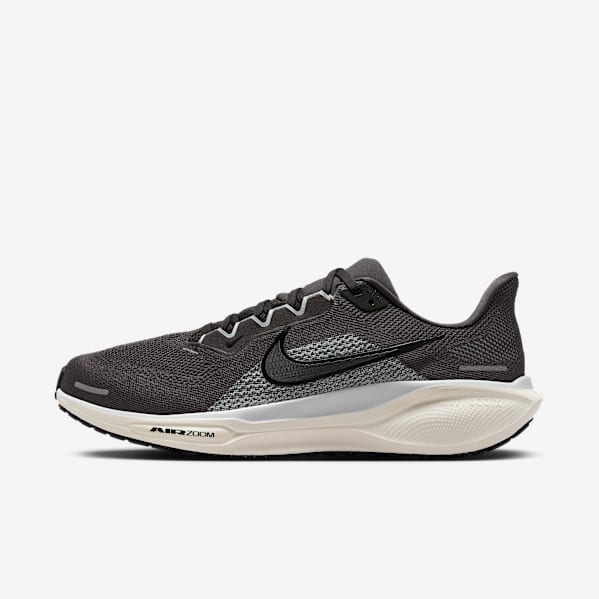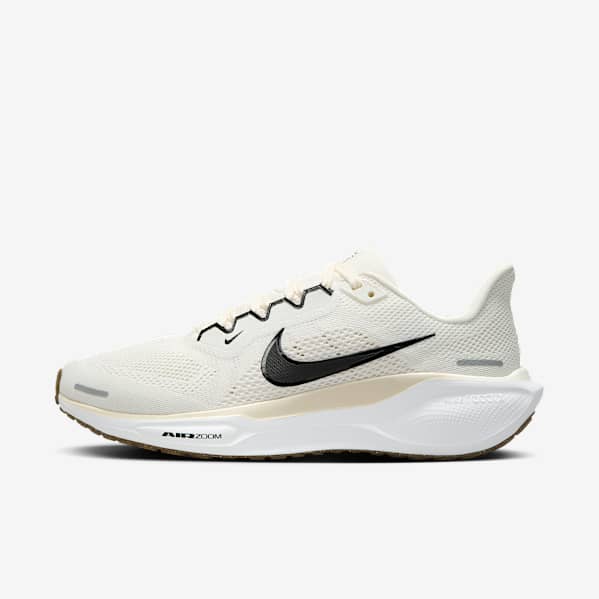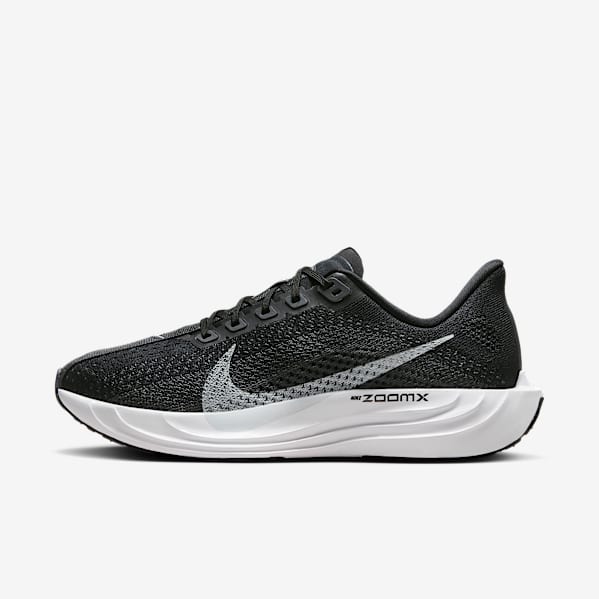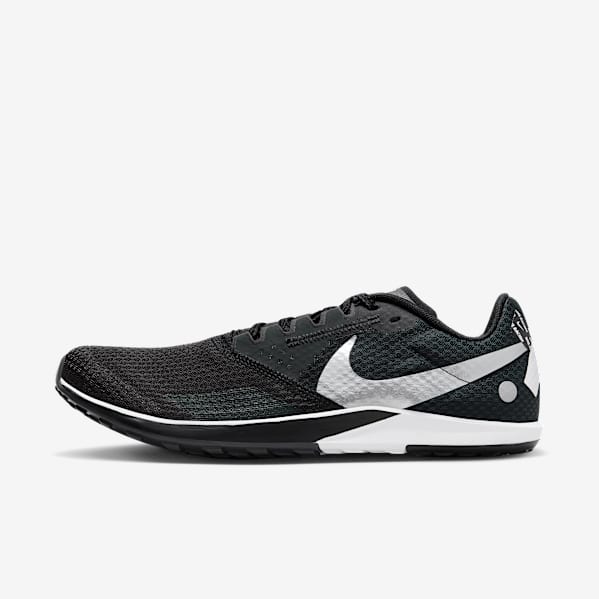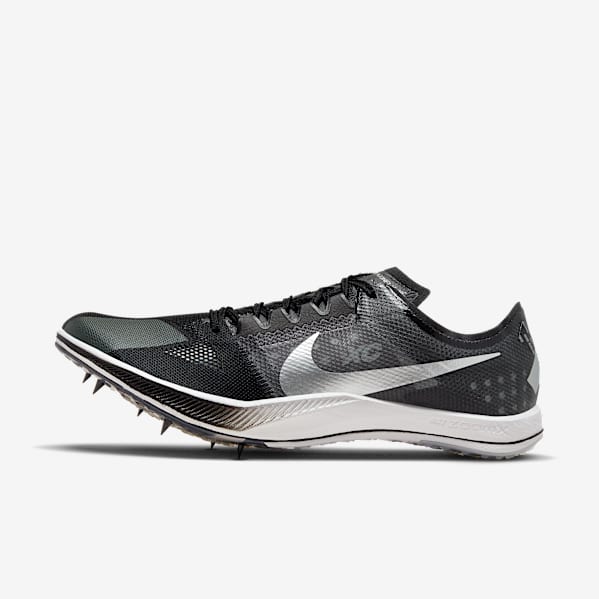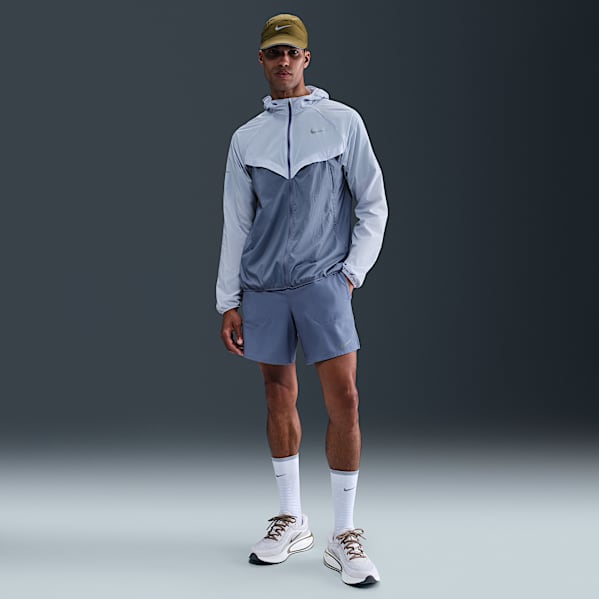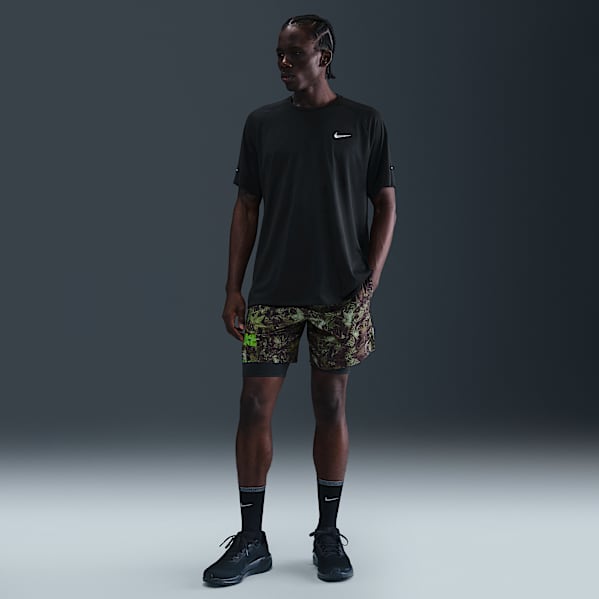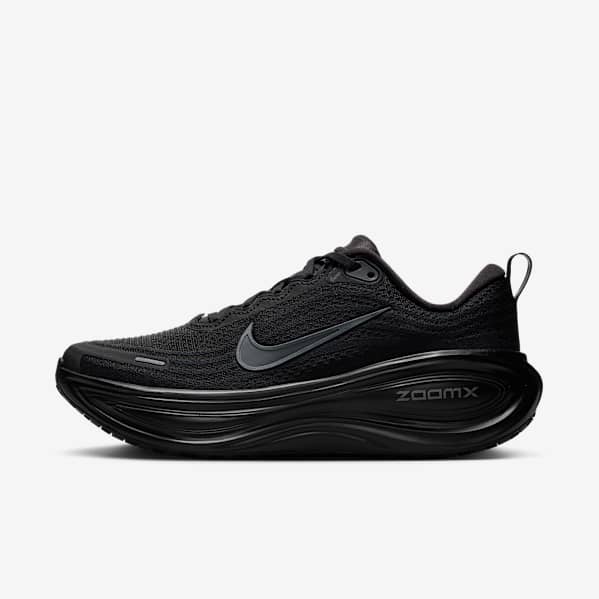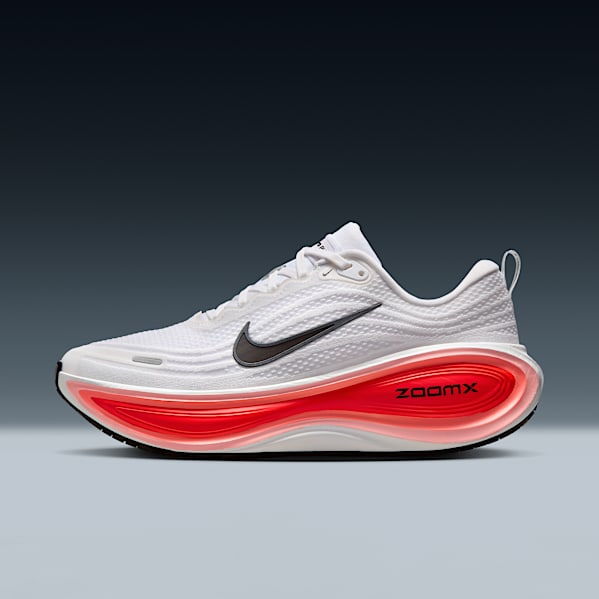Everything You Need To Know About Cross Country
Sports & Activity
If you're considering trying the sport, check out this quick starting guide.
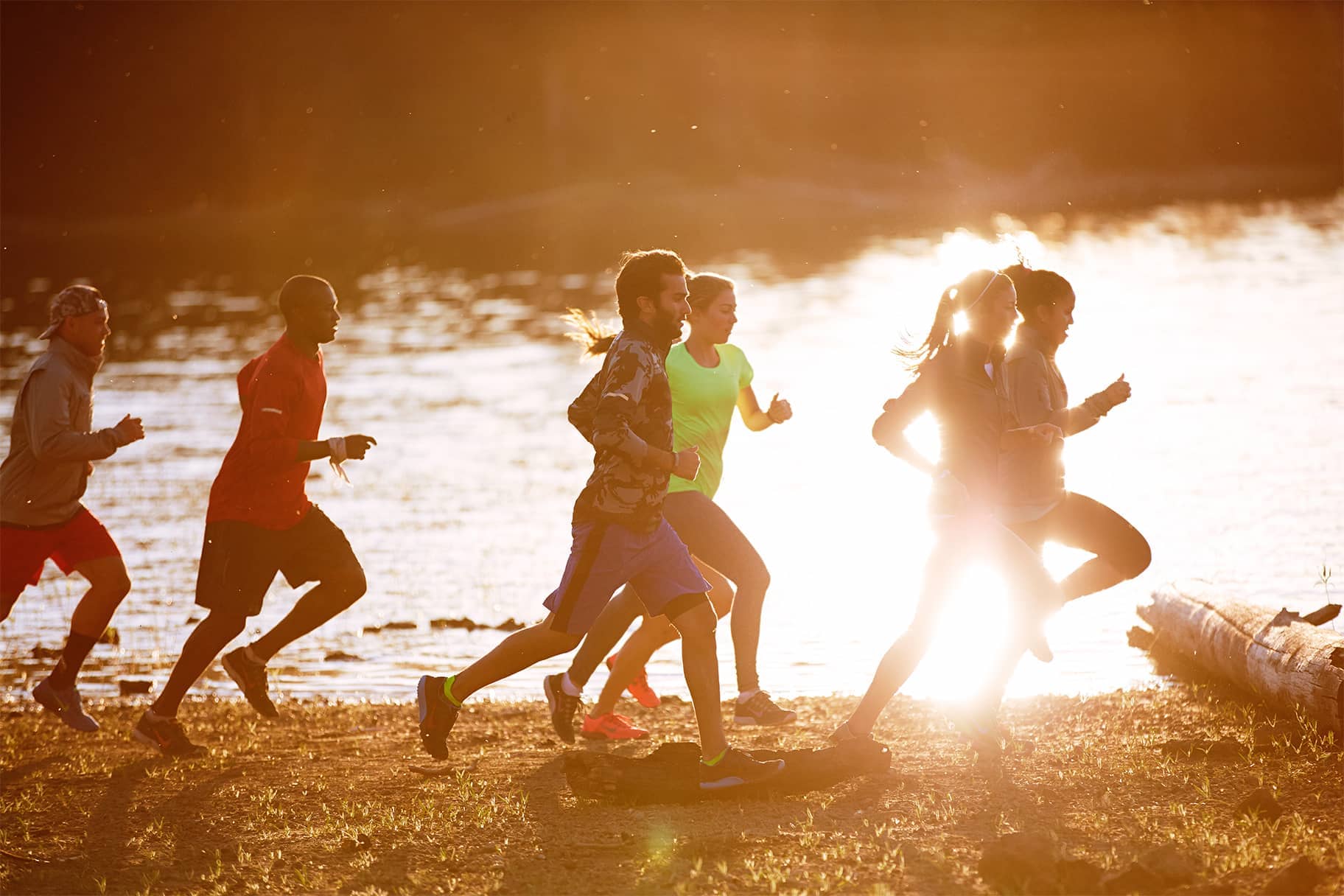
If you've ever looked across a wide, lush field on a crisp fall day and thought, "I wonder how fast I could get from one end to the other," then you might be a cross country runner at heart.
Similar to trail running, cross-country running utilizes as few paved roads as possible, but while trail running tends to include tougher terrain like woodsy paths and rocky slopes, cross country is done on natural expanses, according to Caroline Grainger, ISSA-certified personal trainer.
That includes fields, parks, dirt roads, and grasslands. Golf courses are particularly ideal, she said, since they have moderate hills and the grass is often well-groomed. That helps athletes achieve their main aim, which is speed rather than endurance.
History of Cross Country
Cross country races started in the mid-1800s and came out of games in England called "hare and hounds" and "paper chase," usually done by English school students. In these games, one participant would be the "hare" and the rest would try to catch up — or that leader would drop papers while running and the other runners would collect them.
In 1837, the schools organized formal races against each other, and 30 years later, the first national championship was held in London. Although the course was only about 3.5 miles, it went through a bog and over hills, and started in the evening so runners had to navigate in the dark.
Since then, courses have become more reliable — and well lit — and it's also gone global. Cross country started in the U.S. in 1869, and just under two decades later, the United States National Cross Country Association was founded to bring the sport to more participants. It became an Olympic event for both teams and individuals in 1912 — but only lasted until 1924.
Competing in Cross Country
Cross-country runners are referred to as harriers, and the majority of participants are in high school and college, with many starting their cross country endeavors in middle school, according to Tom Holland, C.S.C.S., trainer and exercise physiologist. For most schools, cross country happens in the fall, running from August through November.
Some people do continue to race cross country after college, and the national governing body, USA Track & Field (USATF), holds several championship events every year with a range of age categories, including masters athletes.
Most events, especially if you're in school, are 5K or 10K, but distance can vary according to competition. For example, one USATF championship has separate races, with masters women running 6K, masters men running 8K, and most other participants running 10K. The organization also holds races specifically for masters athletes.
While these races have awards around $5,000 for winning, the number of races held each year are limited, Holland said, which makes becoming a professional cross country athlete challenging — especially if you only do races designated as cross country, and not trail races as well.
Training for Cross Country
Research has suggested that running in any form is associated with significantly reduced health risks and improved cardiovascular health. Because the focus with cross country is on shorter distances than what you'd have with marathon training, additional benefits may be avoiding the type of overuse injuries some people experience with high weekly mileage, Grainger said.
(Related: How To Increase Your Running Mileage Without Getting Injured, According to Experts)
Also like any kind of running, the right training can go a long way toward injury prevention, said Grainger. "Because most races are under a 10K distance, you don't want to train for excessively long distances, five to eight miles should be plenty for a run," she said. "Also, focus on long, slow workouts interspersed with interval training at race pace once or twice a week. That means half a mile at race pace, followed by a mile at easy pace."
Training for hills can be helpful as well, but keep in mind that many of the cros -country hills you'll tackle are gentle slopes, so you don't need to worry too much about strength or explosiveness, Grainger said.
Best Shoes for Cross Country
Because cross country is designed for speed rather than endurance, selecting shoes that provide more traction is important because it can get you more power as you push off on your back foot with each stride, said Grainger. Also, these type of shoes tend to be lightweight with minimal cushioning, as another way to increase speed.
For training, many cross country runners prefer to wear training shoes (like the Pegasus) for long runs and workouts, but opt for spikes for competitions. It depends on preference, Grainger added.
If you haven't worn either type of shoe, she suggested starting with short runs to adapt since your running stride may be slightly different, and to break them in well before a race, so you feel comfortable once you dig in at that starting line.
Words by Elizabeth Millard
